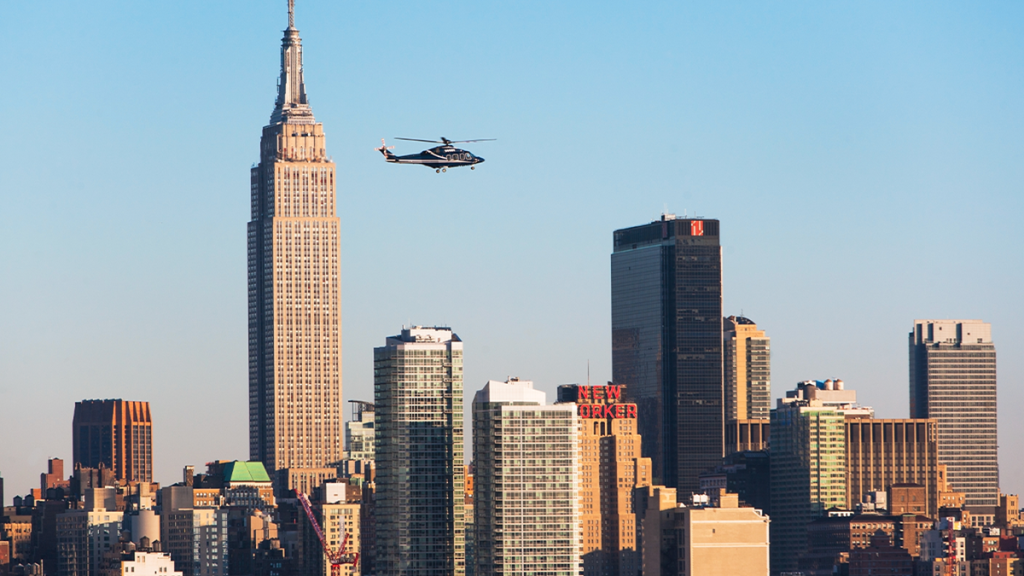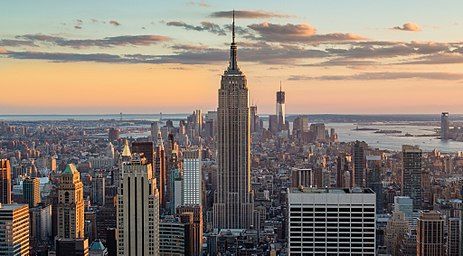The Empire State Building, an iconic symbol of New York City, stands as a testament to architectural innovation and engineering prowess. Rising to a height of 1,454 feet (443 meters), this 102-story skyscraper held the title of the world’s tallest building for four decades until it was surpassed by the World Trade Center in 1971. Beyond its impressive stature and Art Deco design, the building’s construction materials contribute significantly to its enduring legacy.
A lesser-known yet fascinating aspect of the Empire State Building’s construction is its foundational reliance on exceptionally durable bricks from Accrington, a small town in Lancashire, England. These “Nori” bricks, produced by the Accrington Brick and Tile Company in Altham, were renowned for their unparalleled strength and resilience. Their robustness made them an ideal choice for the building’s foundation, ensuring stability and longevity.

The origins of the “Nori” name are subject to local lore. One popular theory suggests that the word “Iron” was mistakenly cast backward on the brick molds, resulting in “Nori.” Another explanation posits that the letters were intentionally reversed to distinguish these bricks from others in the region. Regardless of the etymology, Nori bricks gained a reputation for being virtually indestructible, capable of withstanding extreme pressures and environmental conditions.
The exceptional quality of Accrington’s clay contributed to the bricks’ remarkable properties. This high-quality clay allowed for the production of bricks that were not only strong but also resistant to acids and other corrosive elements. Such characteristics made Nori bricks a preferred material for various significant structures beyond the Empire State Building. Notably, they were used in the construction of Blackpool Tower, the Battersea and Fiddlers Ferry power stations, and even the foundations of the Sellafield nuclear facility in Cumbria.
The deep red hue of Nori bricks is believed to have inspired the term “red brick universities,” initially applied to the University of Birmingham’s Chancellor’s Court building. This association underscores the cultural and architectural influence these bricks have had beyond their structural applications.
For over a century, Nori bricks were transported globally via the East Lancashire Line railway and the Leeds and Liverpool Canal, facilitating their incorporation into numerous landmark projects worldwide. However, production ceased in 2008, leading to the loss of 83 jobs. In 2014, a £1.4 million investment revitalized the brickworks to support the housing boom, marking a significant resurgence in their manufacturing. The reopening was commemorated by visits from then-Prime Minister David Cameron and Chancellor George Osborne, highlighting the national significance of this local industry.
The Empire State Building’s reliance on these British-made bricks exemplifies the global collaboration inherent in monumental architectural endeavors. The integration of Accrington’s Nori bricks into its foundation not only ensured the skyscraper’s structural integrity but also cemented a transatlantic link between a small English town and one of America’s most celebrated landmarks.
Beyond its foundational materials, the Empire State Building’s construction was a marvel of efficiency and innovation. Designed by the architectural firm Shreve, Lamb & Harmon Associates, the building’s construction commenced on March 17, 1930, and concluded just over a year later on May 1, 1931—a remarkable feat, especially during the Great Depression. The project employed around 3,400 workers at its peak, who managed to erect the steel framework at an astonishing rate of 4.5 stories per week. This rapid pace was facilitated by meticulous planning and the use of advanced construction techniques, including the pioneering curtain wall design that allowed for faster assembly and reduced the building’s overall weight.
The building’s exterior comprises 200,000 cubic feet of Indiana limestone and granite, 10 million bricks, and 730 tons of aluminum and stainless steel. Its interior boasts 6,514 windows, 73 elevators, and approximately 2.7 million square feet of office space, making it one of the largest office buildings globally. The Empire State Building also features an observatory on the 86th floor, offering panoramic views of New York City and attracting millions of visitors annually.
Throughout its history, the Empire State Building has undergone several modifications and restorations to maintain its status as a premier architectural and cultural landmark. In 1950, a 222-foot tall antenna was installed, increasing the building’s height to 1,472 feet and enhancing its utility as a broadcasting tower. The 1960s and 1970s saw the introduction of colored floodlights, illuminating the top floors to commemorate various events and holidays—a tradition that continues today.

In recent years, the Empire State Building has embraced sustainability initiatives, including a comprehensive energy efficiency retrofit program launched in 2009. These efforts have significantly reduced the building’s energy consumption and carbon footprint, earning it a LEED Gold certification and reinforcing its role as a model for retrofitting existing structures.
The story of the Empire State Building is one of ambition, resilience, and international collaboration. From its rapid construction during economic hardship to its enduring status as a cultural icon, the building embodies the innovative spirit of its era. The incorporation of Accrington’s Nori bricks into its foundation serves as a reminder of the global connections that underpin even the most quintessentially American landmarks. As the Empire State Building continues to stand tall in the New York City skyline, it remains a symbol of architectural excellence and a testament to the enduring legacy of collaborative craftsmanship.

















